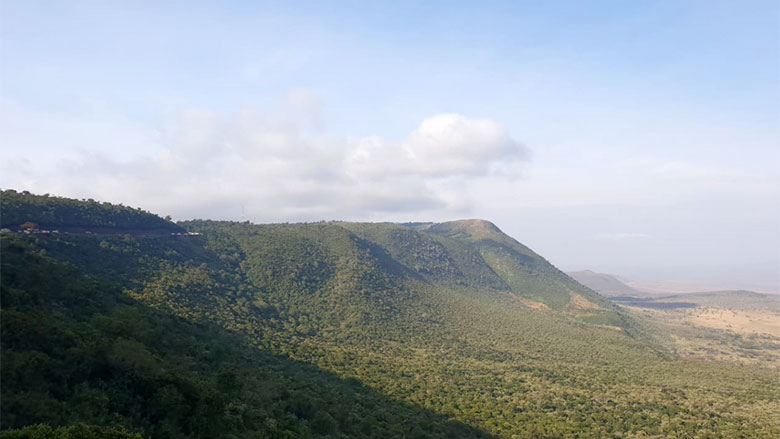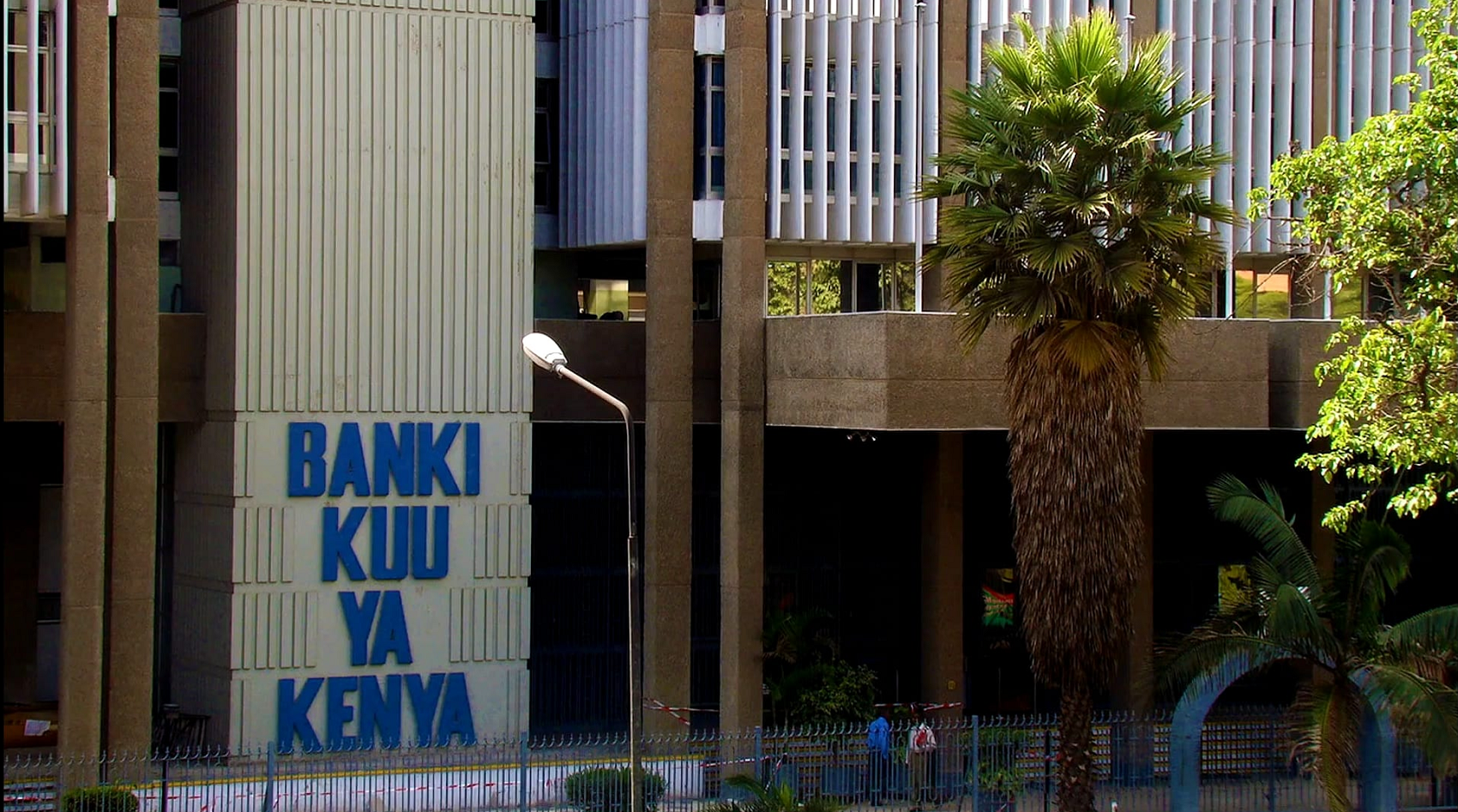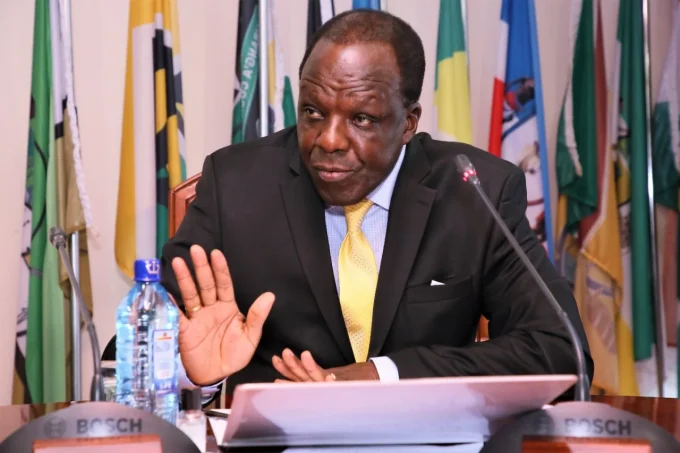While Kenyans have largely become accustomed to breaking news of earthquakes in other parts of the world with the most recent one striking in Zante Island, Greece on October 26, a World Bank report has revealed the shocking detail that the Rift Valley region is also vulnerable to the tremor.
The report compiled by researchers Anna Campos Garcia and James Newman dubbed Tackling the drivers of East Africa’s surprising earthquake risk published on October 2, 2018 warns that the geographic stretch is vulnerable to a medium-magnitude earthquake.
According to the World Bank report, Rift Valley is prone to a medium-extent risk quake with a magnitude between 5.0 and 6.0 which can cause devastating losses in the region due to its vulnerability.
To elaborate, an earthquake of magnitude 2.5 to 5.4 causes minor damage, an earthquake of magnitude 5.5 to 6.0 causes slight damage to buildings and other structures.
If gets worse if a region is struck by an earthquake of magnitude 6.1 to 6.9 which may cause a lot of damage in very populated areas but the most fatal earthquake is that of magnitude 7.0 to 7.9 which is the mother of all catastrophes.
“The Rift Valley is not subject to the high-magnitude earthquakes that we’ve seen in other parts of the world. In the Rift Valley, residents have not experienced a high-magnitude earthquake in their lifetime, leading many people to deduce that the seismic risk is low or non-existent. That is not the case,” reads the report.
READ: KENYAN BUILDINGS INSPIRED BY NATURE
World Bank’s report warns that in the event of a catastrophe, many Rift Valley residents are likely to be adversely affected due to a number of factors.
The multinational lender notes that many buildings which do not meet the quality threshold have been erected in the region which puts a high number of people at risk in this context.
“Rift valley is home to more than 30 million urban poor, the number could increase to 60 million by 2050. When an earthquake does occur, the urban poor are the most vulnerable to shocks and disruptions to their lives,” reads the report.
Garcia and Newman in their report while advising that significant investment might be required to prepare the country for such a scenario and to mitigate possible effects of an earthquake, cite the quake that rocked Tanzania in September 2016 killing 20 people and leaving 269 others injured.
“When examining recent quakes across the region, the earthquake in Tanzania was not an isolated incident. In 2016, a magnitude 4.3 earthquake hit Ethiopia. In 2009, a magnitude 6 earthquake hit Malawi and another magnitude 5.6 earthquake hit the country in 2018. In 2006, a magnitude 7 earthquake struck Mozambique in 2018, a magnitude 5.9 earthquake struck again. In 2017, a magnitude 5.7 earthquake also hit Uganda,” reads the report.
The report however states that Kenya has already started working on enhancing its building regulations for resilience, while also pursuing innovative financial protection strategies.
SEE ALSO: 15,000 KENYANS DIE EVERY YEAR FROM USING TRADITIONAL FUELS
Further, the report states that practical efforts including national seismic risk zonation (process of estimating hazard in terms of parameters of ground motion for a certain area), building regulation, and enhanced designs for resilient infrastructure will be more critical than ever in saving lives.
The report states that these efforts will improve the living conditions of people whose lives might be affected in the event of disaster.













2 Comments